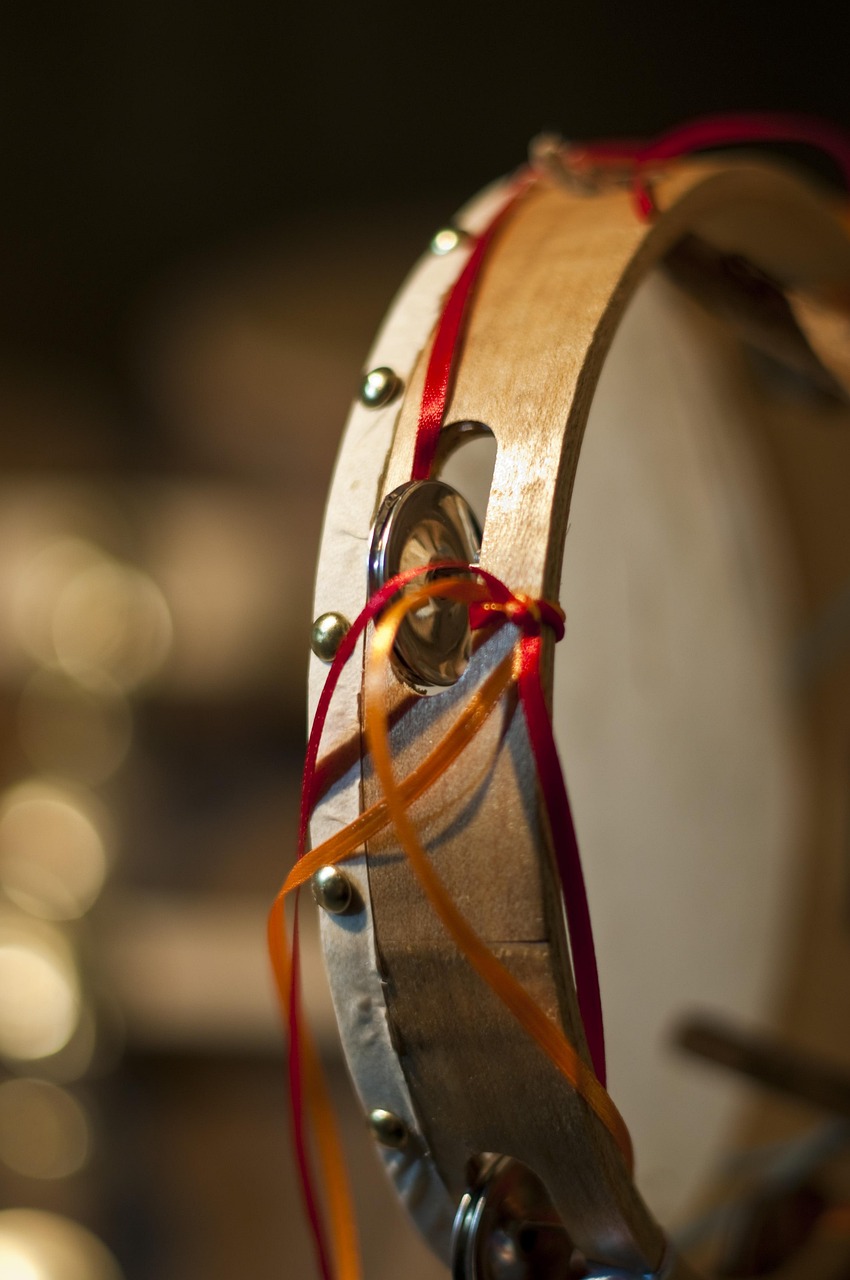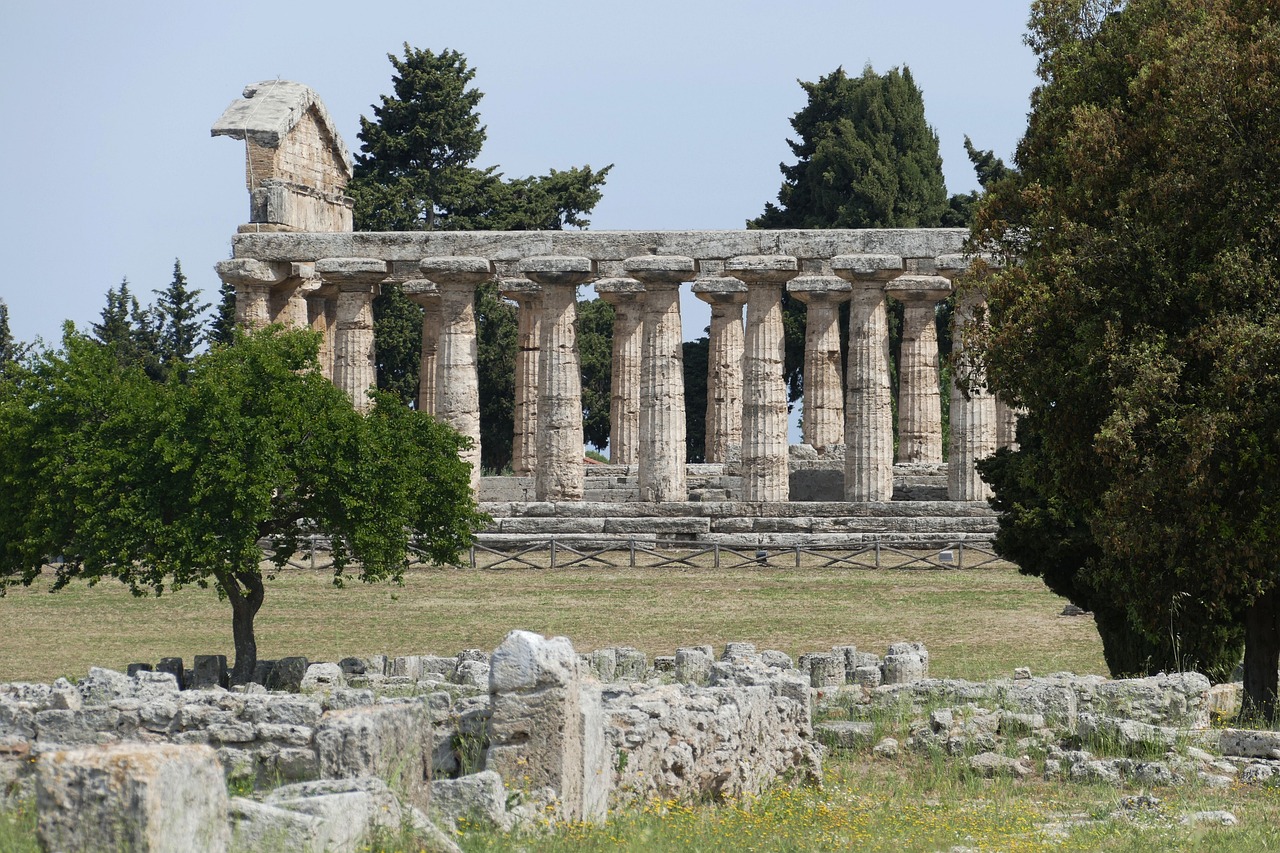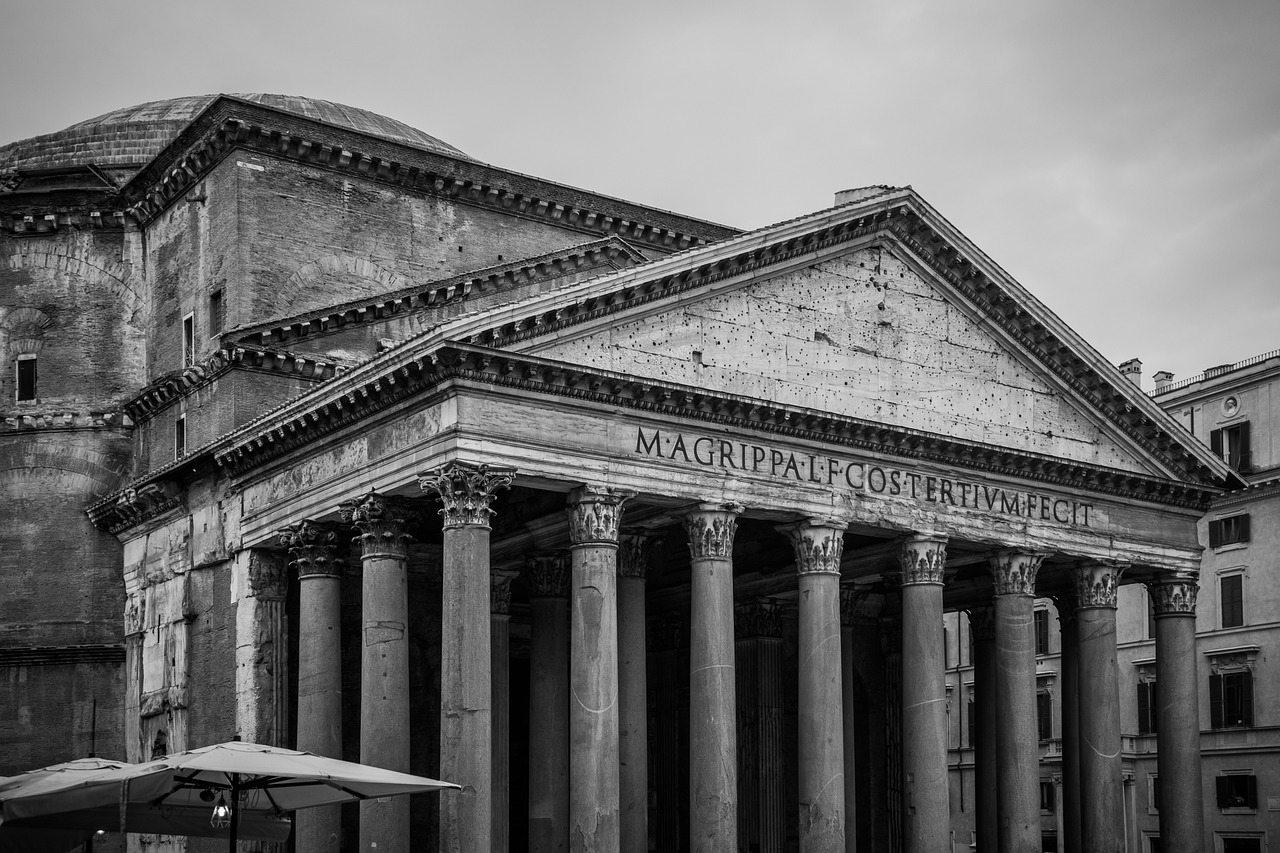Author: Erlang Shen
-
In the northwestern district of suburban Cairo, beneath 20 meters of earth, lies ancient Iwn, a city intertwined with both development and historical enigma, renowned for its role in the mythology of creation. Known to the Greeks as Heliopolis, the “City of the Sun-God,” and referred to by Arabs as Ain-Shams, or “Eye of the…
-
La Llorona: A Haunting Tale from Mexican Folklore If you happen upon a weeping woman by the banks of the Rio Grande at night, heed caution; she could be La Llorona, a perilous figure in Mexican folklore. Local legends tell the story of her tragic demise, attributing her inability to move on to the grievous…
-
Apophis: The Eternal Adversary of Ra In ancient Egyptian mythology, Apophis, or Apep, embodies the chaotic forces that oppose the sun god Ra. This Great Serpent represents a significant threat, aiming to extinguish Ra’s light and disrupt the cycle of day and night. Ra’s solar barge would navigate the sky from morning till evening, descending…
-
The Role of Poseidon in Greek Mythology Poseidon, known by the Romans as Neptunus, is a prominent figure in Greek mythology, revered as the Olympian god of the sea, horses, earthquakes, and storms. He is typically represented as a robust, bearded man grasping a trident—a symbol of his dominion over water. Mythical Accounts The mythology…
-
In the enchanting realm of ancient Celtic mythology, Rhiannon emerges as a mesmerizing and mysterious character. Celebrated as the goddess of love, beauty, and the Otherworld, she has inspired hearts and imaginations across generations. This article embarks on an exploration of the multifaceted nature of Rhiannon, highlighting her narratives, symbolism, and cultural significance in Celtic…
-
Roman Sculpture of Bacchus in the Boboli Gardens Time Period: 1st – 2nd Century A.D. Location: Storage room of the Boboli Gardens, also known as “Stanzonaccio” Material: Greek medium-grained marble Dimensions: Height 176 cm (including plinth) Inventory Number: Boboli Gardens no 220 This captivating sculpture depicts the youthful god Bacchus, equivalent to the Greek Dionysus,…
-
The Pantheon in Rome, an architectural marvel, traces its origins back to 27 BC when Marcus Vipsanius Agrippa initiated the construction of what appears to have been a typical Classical temple—a rectangular structure featuring a gabled roof and a surrounding colonnade. This initial phase was completely overhauled during the reign of Emperor Hadrian, around AD…
-
Lugh is a significant figure in Irish mythology, revered for his diverse roles as a mighty deity, human hero, warrior, ruler, sun god, and master craftsman. The intertwining of oral traditions and myths makes it challenging to delineate between history and legend, yet Lugh stands out as one of the most potent Celtic gods. Some…
-
Understanding Maat: The Essential Principle of Egyptian Civilization Maat, representing concepts like justice, truth, and balance, is intrinsic to the fabric of Egyptian culture. This concept operates in various spheres—religious, cosmic, and personal—making it impossible to discuss ancient Egyptian civilization without acknowledging maat. Distinguishing between ‘maat’ (the principle) and ‘Maat’ (the goddess) is important; this…
-
In the rich tapestry of Irish and Celtic mythology, one tale that captivates the heart is the poignant romance between Niamh and Oisín, emerging from the Fenian Cycle. This story unfolds after a fierce battle, where Fionn Mac Cumhaill and his gallant warriors, the Fianna, found solace by the serene shores of Loch Lein in…








